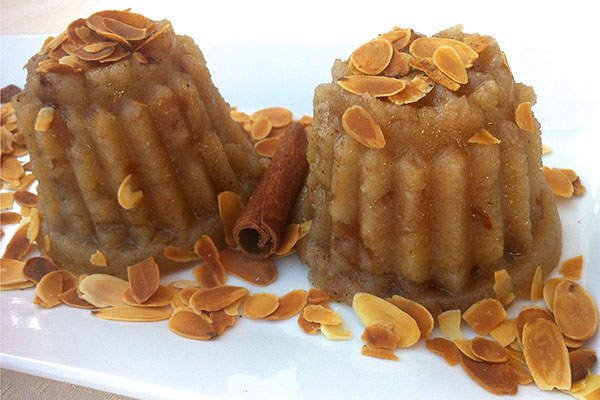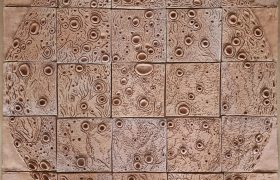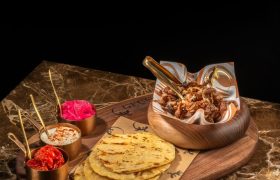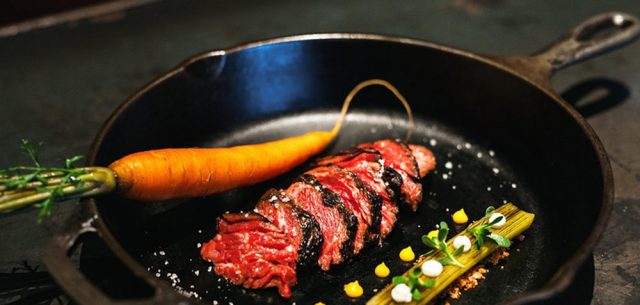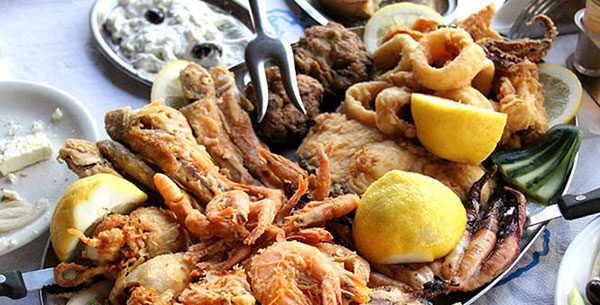How to celebrate Ash Monday Like a Greek
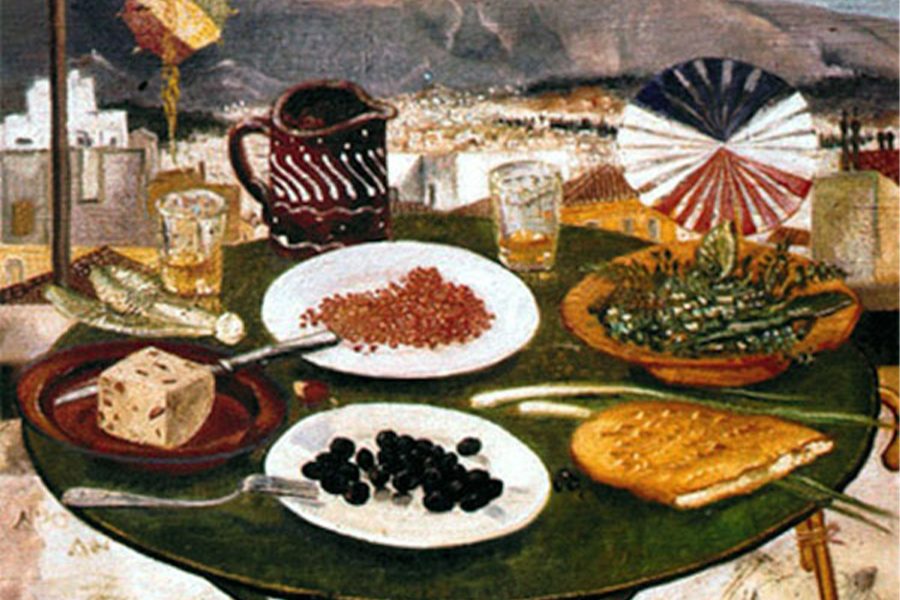
With so many Ash Monday dishes to try, this Lenten holiday feels more like indulgence than penance. But what exactly is Ash Monday, or Clean Monday as it is also known? What are you supposed to spend the day doing? And, most importantly, where can you go for delicious meatless food? We’re here to answer all your questions.
SOME BACKROUND
For Greeks, even fasting is all about food! In fact, it reflects the rich culinary repertoire of the country, relying heavily on seasonal veggies and the bounties of the ocean. Lent and other fasts dictated by the Orthodox calendar meant that until recently, Greeks abstained from meat for at least six months of the year – a far cry from the ‘meat-obsessed’ nation it has become today.
Preceding the most important festival on the Greek Orthodox calendar, Lent traditionally extends between Tsihnopempti (Smoky Thursday) and midnight on Easter’s Holy Saturday. During the intervening 40 days, consumption of red meat, all meat by-products (cheese, milk, eggs) and fish with a backbone is strictly prohibited for practising Orthodox. Even olive oil and wine are rationed, based on the rationale that the body must be cleansed, as well as the spirit, in preparation for accepting communion on Easter Day, to celebrate Christ’s resurrection from the dead.
These days, only the very devout follow the full fast, but most Greeks will refrain from eating meat on Clean Monday (the first day of Lent) and during Holy Week. But have no fear of this meatless Monday celebration! Chefs throughout Athens and across Greece have devised such wonderfully scrumptious culinary creations that you’ll completely forget your favorite souvlaki.
WHAT SHOULD YOU DO?
Look to the sky on Clean Monday to witness the holiday’s traditional activity of kite flying throughout Athens, and maybe even partake yourself! Then, in the evening, join the city’s population in heading to the seaside for delicious meals of tarama (fish roe salad) and lagana (special leavened bread made with olive oil and anise seed), along with spineless seafood favorites such as octopus and squid. But no meat! In fact, “Clean” Monday gets its name for the absence of bloodshed in the preparation of the holiday’s traditional dishes.
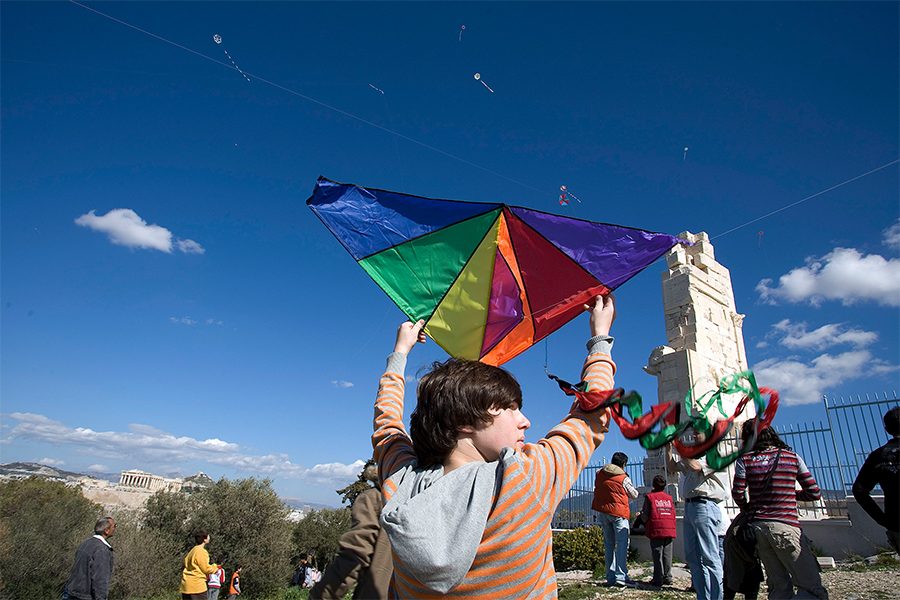
The tavernas are guaranteed to be packed, be sure to make reservations and arrive early to guarantee a table. With so much delicious food, this feast will feel anything like the start of a fast.
RECOMMENDED ORDERS
Fresh from the net: All manner of shellfish. Octopus, squid, and mussels are favourites, and there is a wealth of regional preparations for each, including deliciously aromatic octopus stews; squid or cuttlefish stewed with spinach; octopus cooked with short pasta; mussel pilaf; and much more. The taramosalata, freshly homemade with the finest white fish roe and virgin olive oil is a traditional appetiser during Lent as are tangy sea urchin salads with lemon and olive oil dressing.
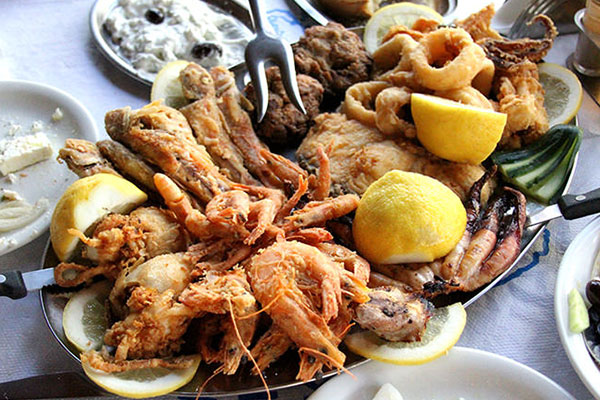
Cooked over a stove-top: Indeed, one of the greatest legacies of the Lenten table is the array of mageirefta or ladera dishes – these include preparations such as lentil and other bean soups, chickpeas stewed with onions, garlic and olive oil, white bean and giant bean casseroles perfumed with herbs, tomatoes, and greens.
Lenten desserts: Halva is by far the most popular Lenten sweet, and in Greece it comes in many versions either with tahini (sesame paste) and sometimes studded with nuts and raisins, or marbled with chocolate. The home-cooked version is made with semolina flour, olive oil, water, sugar syrup and a sprinkling of nuts.
